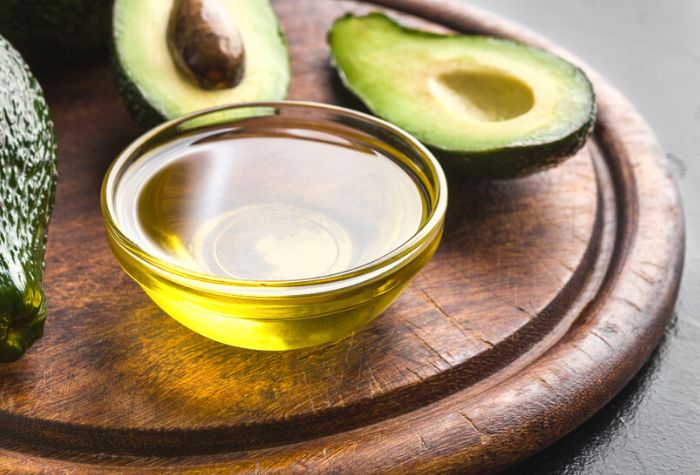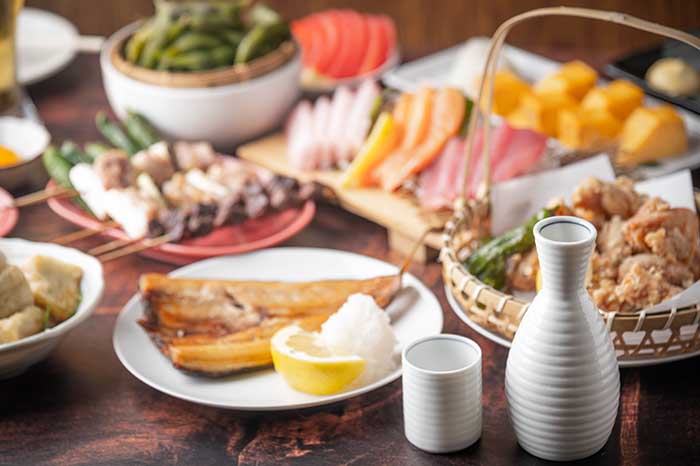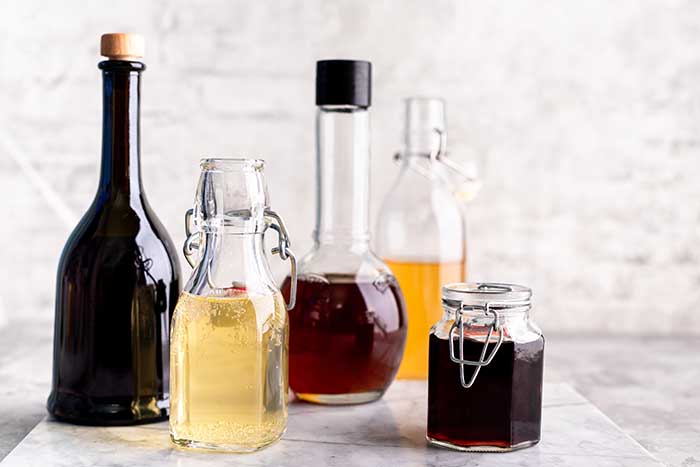Seasoning your new frying pan is the best way to protect it from long-term wear and rust. With just a little heat and a bit of cooking oil, you can add years to your kitchen tools’ shelf life. Find out how to season your non-stick or stainless steel frying pan the right way with our easy cookware guide.
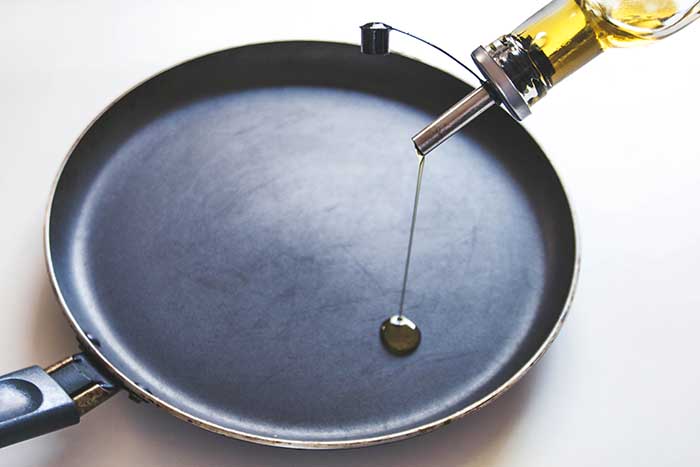
Seasoning cookware is the process of applying a thin and even layer of oil on the surface of your frying pan. Upon applying the oil coating, it is then exposed to heat to set the oil and create a thin film of dried oil across the pan’s surface.
It not only protects against sticking and burning but also creates an easy-release surface that makes clean-up after cooking much easier.
In this post, we’ll teach you how to correctly pre-season your new frying pan and make them ready to use. Whether you have a non-stick, stainless steel, or cast iron pan, you have come to the right place.
Why Do You Need to Season a Pan Before Using It?
This may seem strange, but before you start using your new frying pan, it is important that you season it for a couple of reasons. First, seasoning a pan by coating it with oil helps to fill the tiny pores on its surface. Sometimes, the finished products sold in the market may have some minute holes in them, but through seasoning, you will be able to cover these holes and attain a more refined surface.
Second, you need to season your pots and pans so that they become non-stick. This will allow your pan-fried meat or vegetables to brown without sticking to the pan. This kind of sticking not only risks ruining your food, but can shorten the lifespan of your pan.
Seasoning pans properly reduces the need for excess fats. So, if you are controlling the amount of oil you put in your food, a seasoned pot will be quite helpful. In addition, for non-stick pans, seasoning them increases their longevity and effectiveness.
The other reason you would season your pans is to make sure that you get an even coating throughout and can cook your food evenly. The other good thing about seasoning the pan is that it’s easier to clean afterwards. However, how you should season cookware of different materials varies, and you must be aware of all the methods.
Seasoning the pan also protects them from rust. This is especially true for tin pans that may be left in the fridge, in a damp environment, or in water. When you season pans, you keep them from rusting. The seasoning oil creates a protective layer over the surface of the pan that helps increase the life of the kitchen tool. If you season your pans regularly and adequately, it will be ages before you have to buy a new one.
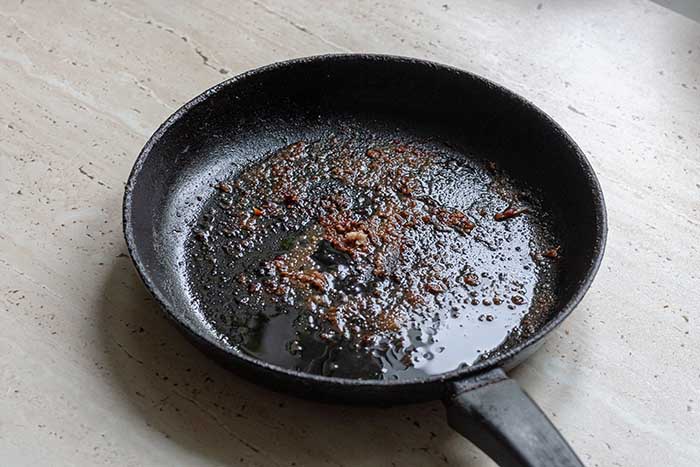
How to Season a Pan Before Use
Seasoning methods will differ according to the material of the pan. To season a cast iron pan, start by washing it with soap and warm water. Then, dry the pan thoroughly, making sure that it will be ready to be seasoned. Preheat the oven to 400˚F. Use vegetable oil to coat the inside of the pan; coat the outside as well, except for the handle.
Once it is sufficiently coated, place parchment paper on the shelf underneath the tray to place the pan. This will catch the extra dripping from the pan, as it heats up in the oven. Next, place the oiled pan on the tray. Leave it in the oven for about 45 minutes to an hour. Remove the pan from the oven and wipe off the excess oil using a paper towel or a clean cloth.
While cleaning it down, make sure to not use cold water. The sudden temperature change may cause it to crack or warp.
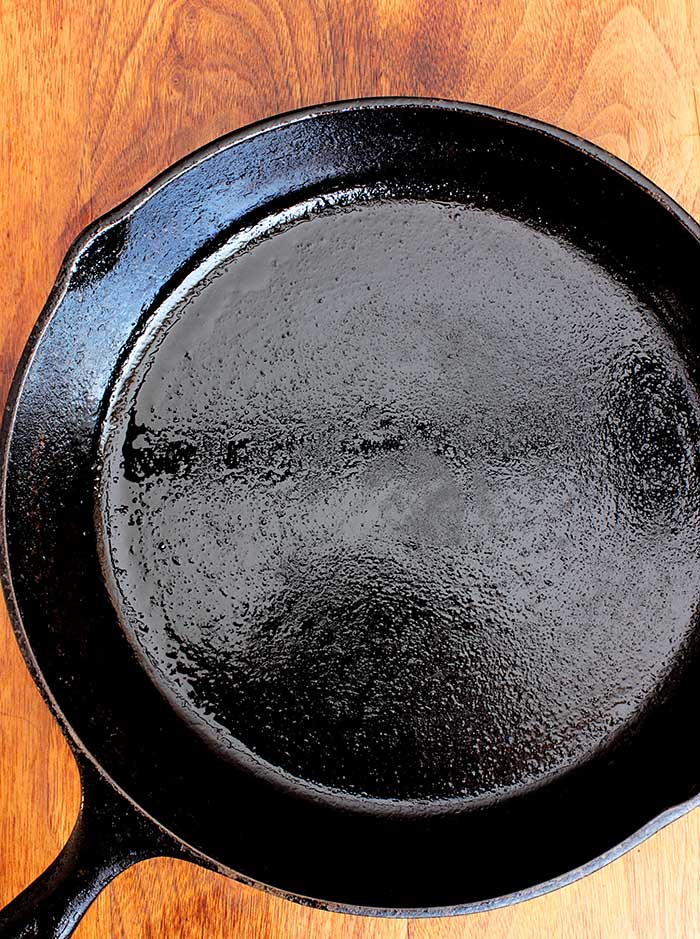
Carbon Steel Pan
You will need to do this on a stovetop. Start by placing the pan on a medium-high heat burner and allow the frying pan to let off smoke. Then, use a pair of tongs to hold a paper towel and wipe down the pan with vegetable oil. Next, glaze the pan thoroughly with oil, ensuring that the oil coating is thin and that there is no excess oil dripping anywhere.
Keep the pan on the heat until the oil starts to melt. Then, remove the pan and allow it to cool down completely.
Aluminum Pan
For seasoning hard-coated aluminum pans, follow the same steps of seasoning as cast iron pans. However, in this case, you will need to bake the pan for about 20 minutes. When you are done, wipe the excess oil off with a clean cloth or paper towel. Do not wash it off.
What Is the Best Oil to Season a Pan With?
You can use just about any type of oil to season your pan. However, vegetable oil has proven to be the most effective according to users. Grapeseed oil is a good choice, as it has a high smoke point, and also, it has a thick consistency, which makes for a good durable coating.
You can also use butter or animal fat, or lard. This is especially great for people who want to make use of natural types of oil. Animal fat and lard will season the frying pan while they are being cooked. However, they will not give your pan the best look when all is said and done. You may find some brown streaks on the pan if you make use of lard or animal fat.
You may also use flaxseed oil to season cast iron pans. It is one of the few oils that are safe to be used while dealing with food. Flaxseed oil dries out naturally. Besides its low smoke point, which is bad for seasoning, a downside with this oil is that it can be pretty expensive, making it challenging to acquire it in abundance. The other issue is that it doesn’t smell too good.
Are There Any Types of Oil to Avoid?
While olive oil may be great for many different things, it is not particularly useful for seasoning pans. This is because it has a low smoke point. Olive oil tends to break down when exposed to heat since it has a low smoke point. Thus, it is not a good choice. You want an oil that will hold its own when exposed to heat.
Different pan manufacturers will specify their own dos and don’ts when it comes to pan seasoning. As such, you need to find out what they are and strictly follow them. Certain manufacturers specifically mention which oils to use when seasoning their pans and which oils to avoid.
